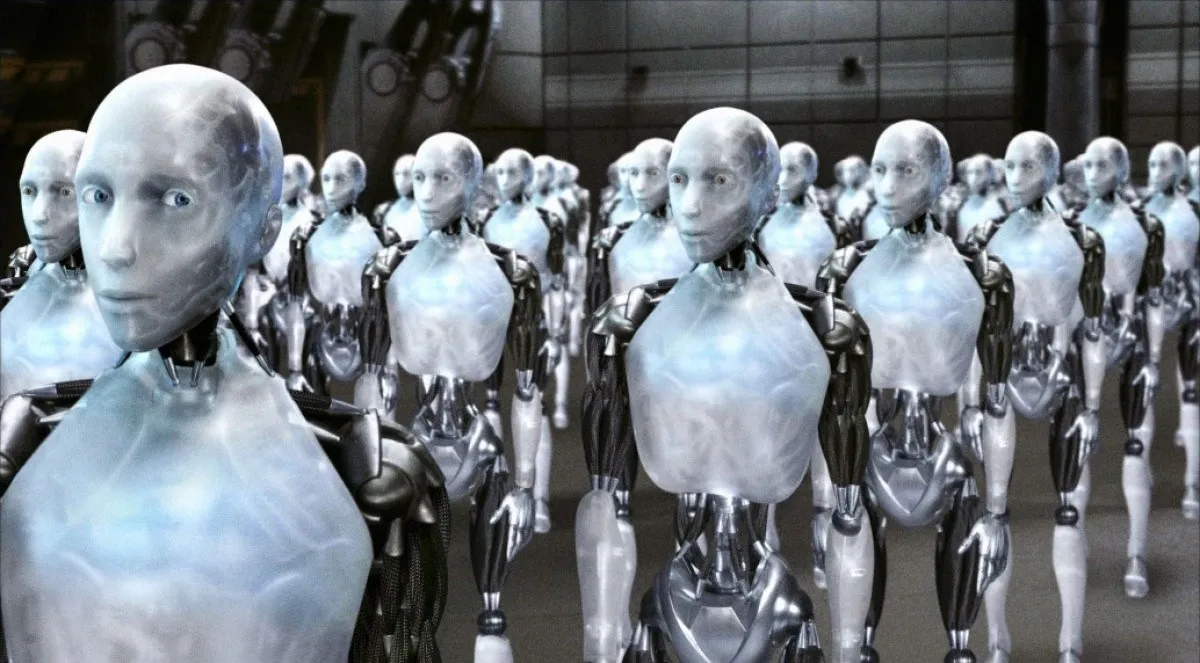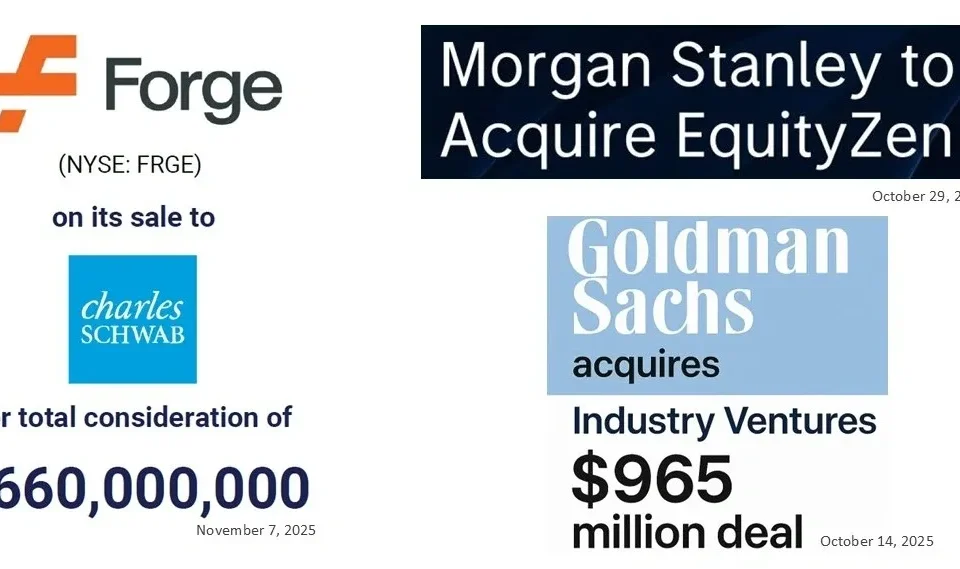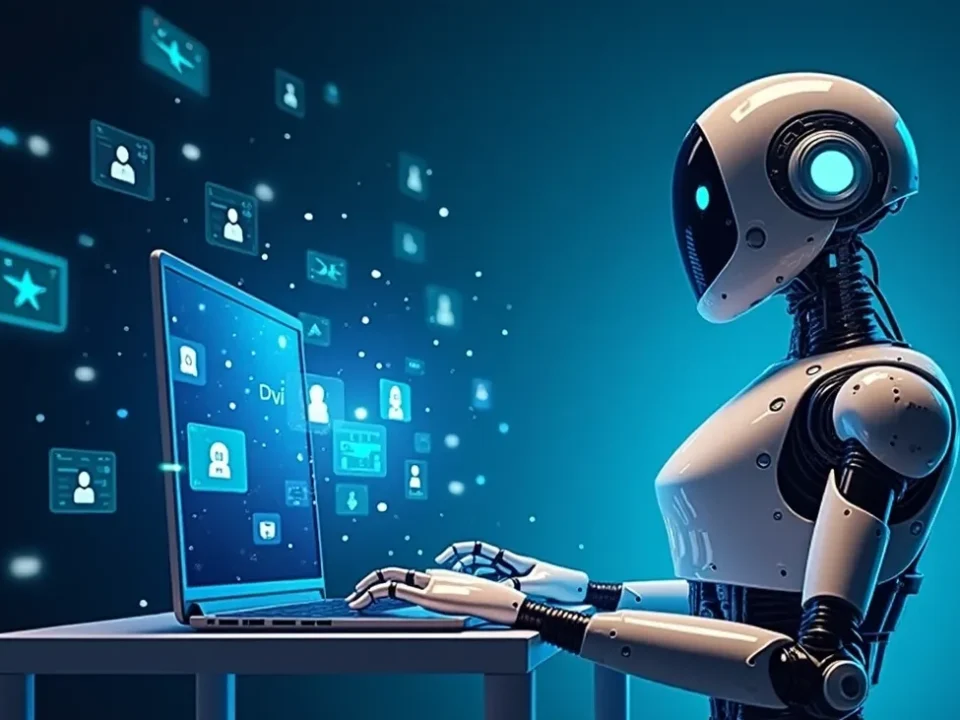
The Case for Saving for the Age of AGI
September 26, 2025
Portfolio Construction Debate
October 13, 2025Today, it’s no longer news that “VC investments” in Silicon Valley essentially mean “AI investments.” Over 2/3 of the capital is flowing into AI. AI is literally devouring VC and Silicon Valley is all-in on AI — and despite the billions already raised, we are still only in the early innings of funding.
But within AI, there are multiple waves.
The first major wave was generative AI (no introductions needed), led by OpenAI and Anthropic (a Fabrica Ventures portfolio company), which seized the lion’s share of investment.
The next wave is agentic AI — systems able to autonomously plan, decide, and act toward goals with minimal human oversight. Y Combinator’s Spring 2025 batch offers a glimpse of this future, with more than half of its 144 startups building agentic AI solutions. Today, one of the most exciting races is the battle to shape agentic commerce.
Now, a new frontier is taking shape: physical AI. Robots that can autonomously “think and adapt” in the real world instead of merely executing preprogrammed commands are fast becoming reality.
On the defense front, we invested in Anduril and Shield AI in autonomous weaponry. Figure AI recently raised $1B for humanoid robotics, Neuralink secured $650M for brain–computer interfaces, and Field AI brought in $400M for software that enables robots to navigate and act autonomously in the real world — just to name a few.
The new wave of physical AI — emerging from the convergence of generative AI, autonomous agents, and real-world modeling — unlocks an almost boundless range of applications. With tens of billions already pouring in, it holds the potential to fundamentally transform humanity.
And once again, Silicon Valley sits at the epicenter of transformation: from thinking machines (generative AI) to acting machines (physical AI).
Conclusion
Humanoids robots aren’t ready yet for late-stage investing.
But it will be by the time of our next fund.




